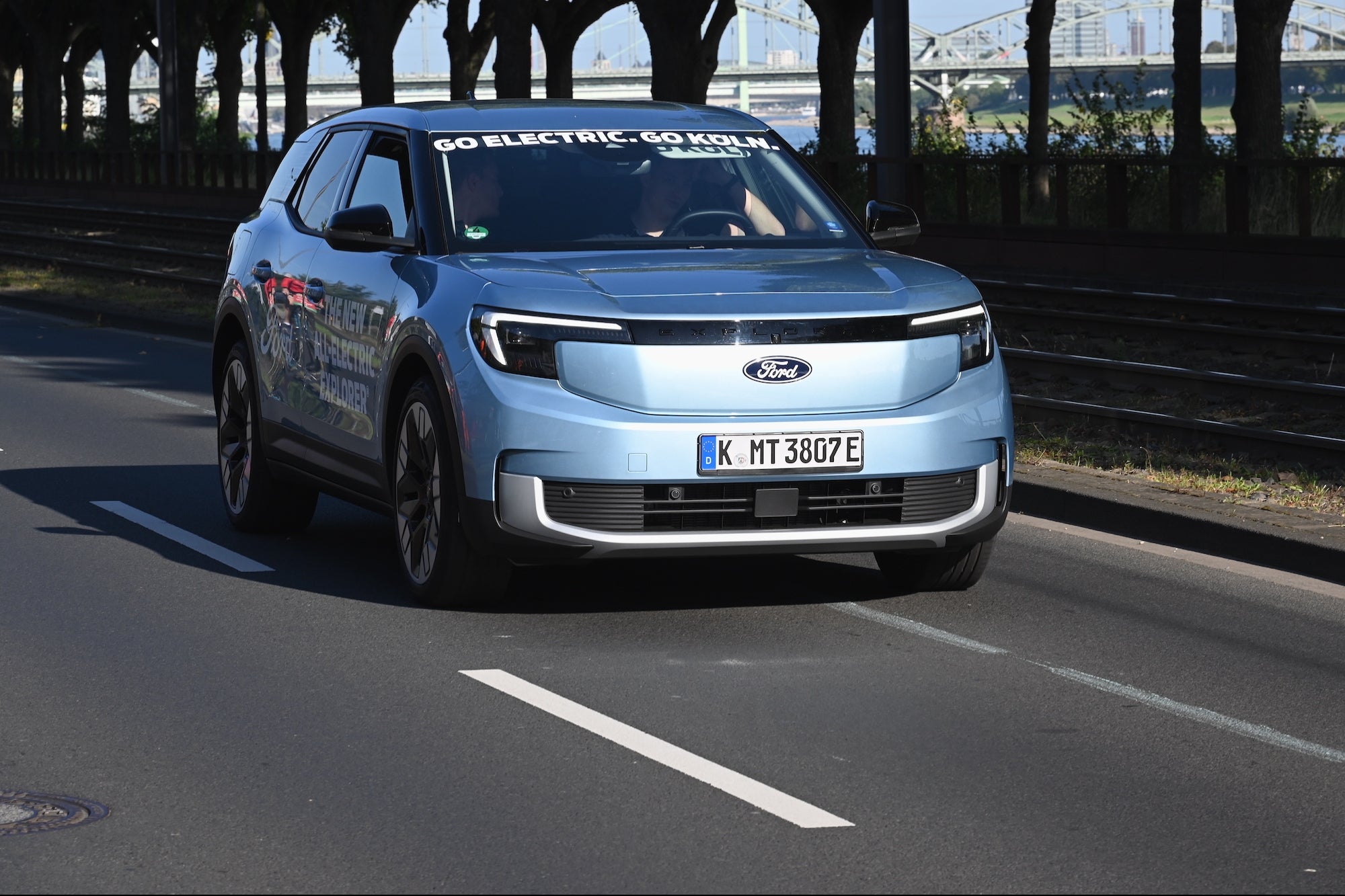There Is No Success Without RiskThere's no doubt about it: taking risks can be scary.
Opinions expressed by Entrepreneur contributors are their own.

Inspirational speakerRobin Sharmaonce wrote, "If you're not scared a lot you're not doing very much."
It's a simple fact: to truly succeed in business, at some point it will be necessary to step out of your comfort zone. Sometimes, it's only with taking a risk that the true rewards will come your way. This is why it's important to increase your risk tolerance.
Wait, what's risk tolerance? The term "risk tolerance" is often used in the context of investing, referring to the amount of variability in returns that an investor is emotionally/mentally able to stand.
However, the concept of risk tolerance isn't limited to the financial world, because the basic principle can be applied to just about any career path. In a nutshell: how much risk are you willing to withstand to reach your ultimate goals? Improving your risk tolerance is the first step toward gaining the bravery to make bold moves. Here are five key tips for how to improve your risk tolerance:
1. Determine what your risk tolerance is.
Before you can increase your risk tolerance, you need to get an idea of your current relationship with risk. Understanding of your capacity to stomach risk will allow you increase your tolerance gradually, rather than challenging yourself too much at once and panicking.
If you don't have a good sense of your current risk tolerance, spend a few minutes to consider one of your career goals, and think about at what point it starts to feel scary. For instance, say your goal is to publish a memoir one day. To make this happen, you'll have to face lots of potentially scary things: opening up about your life, actually writing the thing, facing potential rejection or criticism from agents and publishers, to name just a few.
The first part that seems scary is a great starting point for where you can target your efforts to improve risk tolerance.
2. Educate yourself.
If you want to be smarter about taking risks, work on getting smarter, period.
Say that you are a real estate investor who wants to develop a piece of land into a multiplex shopping center. An endeavor like this will always come with a certain level of risk. But if you spend time learning all that you can about retail land development, town zoning laws, and so on, it can help you make more intelligent and informed decisions, and it can help you ask the right questions before you sink your hard-earned cash into the project.
By educating yourself before taking risks, you'll be able to take more calculated risks. This can make a big difference in your approach and help youbecome successful sooner.
Related:7 Steps to Become Successful Sooner
3. Set goals.
Yup: setting goals can be extremely helpful in increasing your risk tolerance. Here's why: bysetting specific goals, you are in essence determining the destinations that you want to reach.
This can help you map out possible routes, which can help you clearly see any potential risks that might be necessary to get you from here (dreaming of the goal) to there (attaining the goal). By anticipating the risks that might be required, you can now begin to systematically work on developing the skills or knowledge necessary to help reduce risk. When you get good at reducing risk, you get better at tolerating its existence.
Related:The 5 Golden Rules of Goal-Setting
4. Step out of your comfort zone.
One of the best ways to increase your risk tolerance? Actually start taking risks. If you've determined some of the risks necessary for success, now's the time to try them. If one of your goals is to advance to a higher position in your company, it might be the time to step out of your comfort zone by networking and introducing yourself and your work to some of the higher-ups.
Little things like this can help make you braver over time and more likely to take bolder steps, like asking for a promotion.
Related:6 Reasons Why Concrete Goals Are Essential to Entrepreneurial Success
5. Keep a logbook.
Your memory probably isn't as good as you think it is. As time goes on, it will become harder and harder to remember everything, including how things worked out when you took risks. That's why it's important to keep track.
Keep a daily log of your progress, including risks you took, how you felt, and what you gained or lost in the process. Over time, you can look back and learn from the past to inform the future. This can help you avoid mistakes, and capitalize on your successes. Overall this can streamline so that you can be smarter about taking risks and feel more confident.
There's no doubt about it: taking risks can be scary. But when you have the ability to see the potential long term benefits and are able to prepare as best you can, taking risks can help you grow and become more successful faster.










